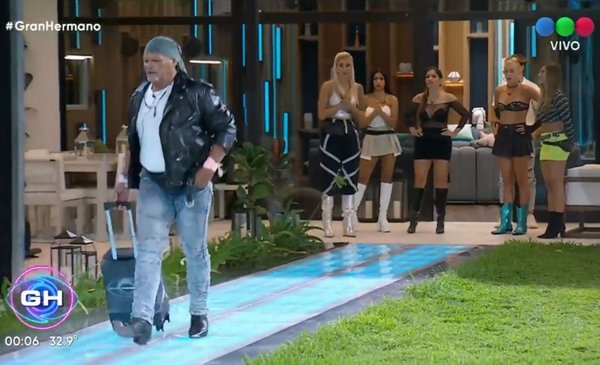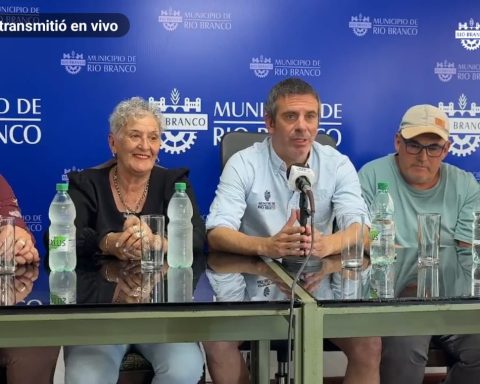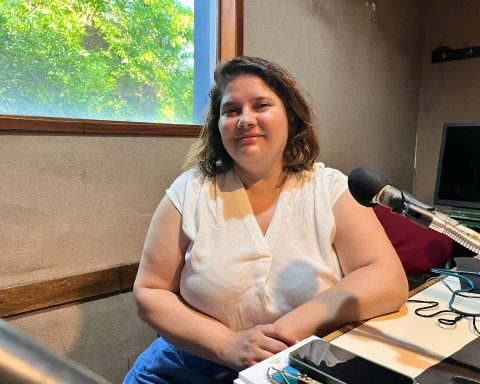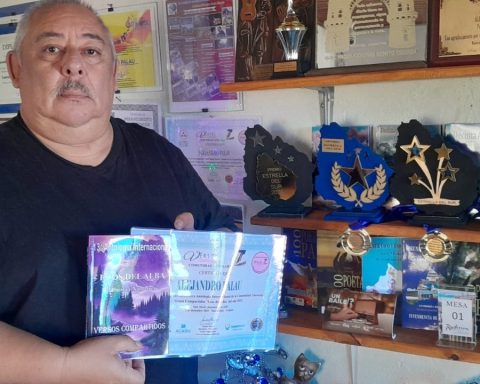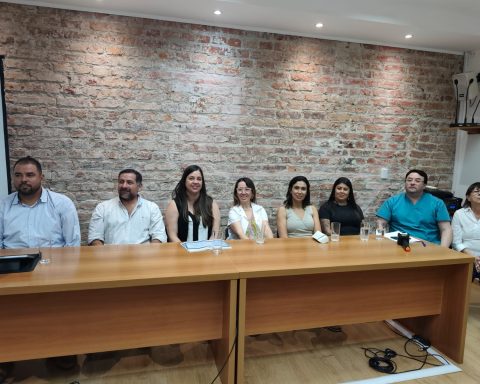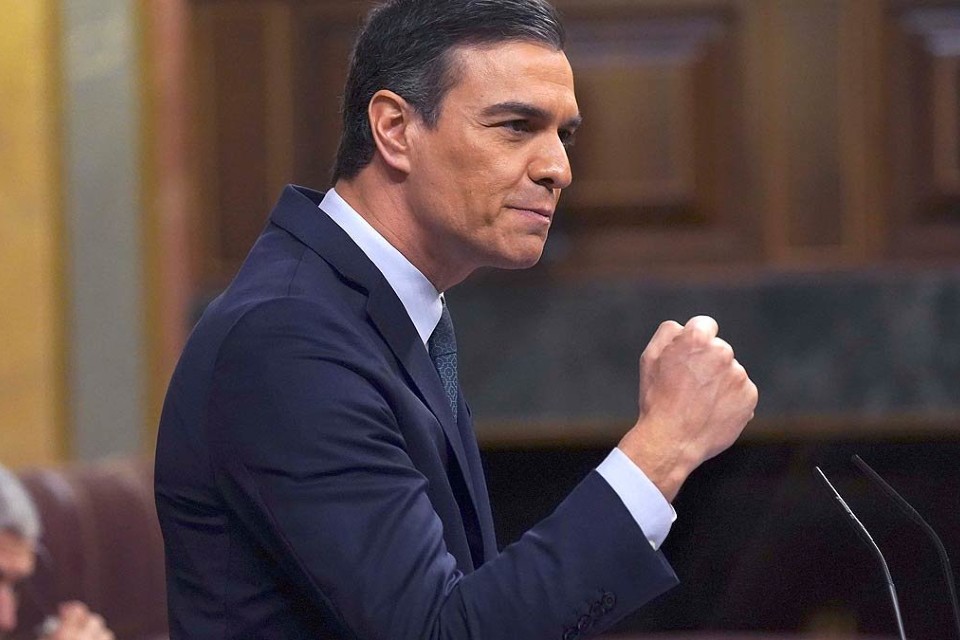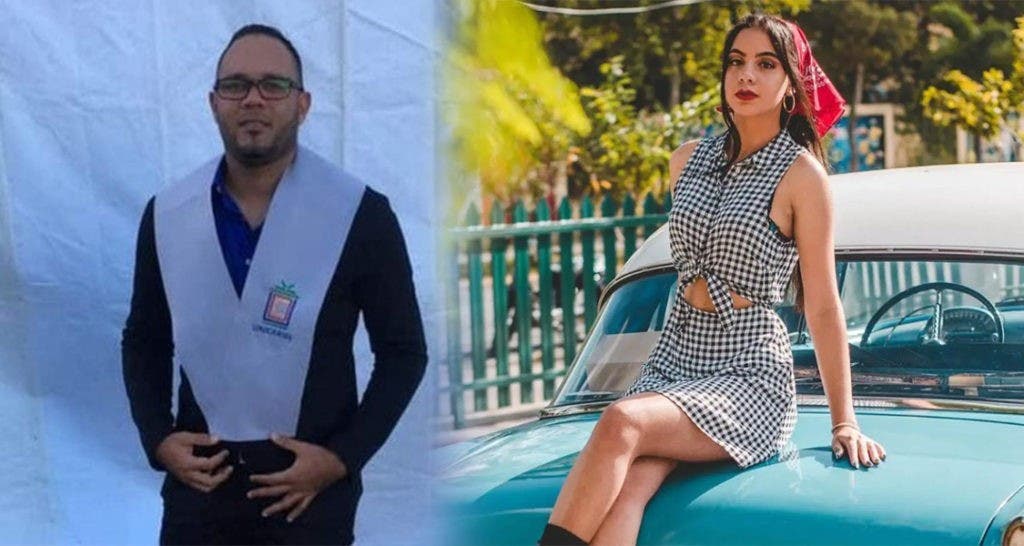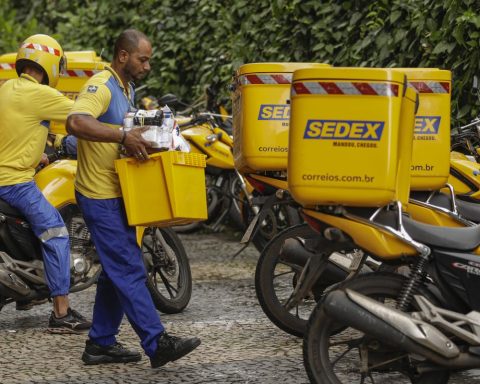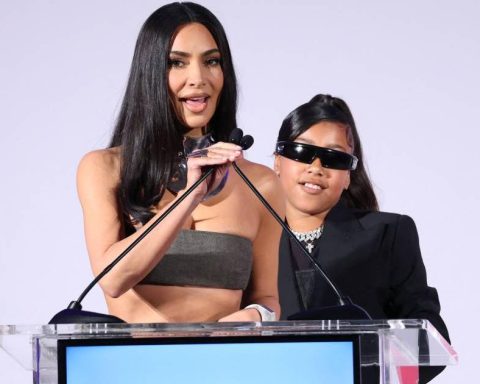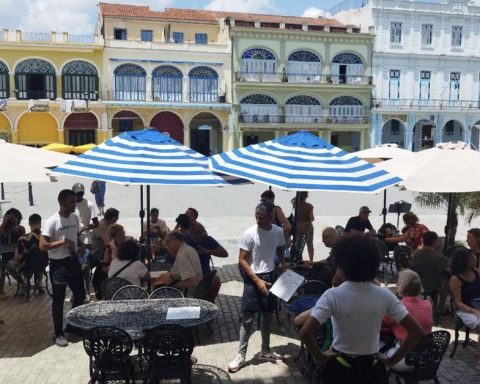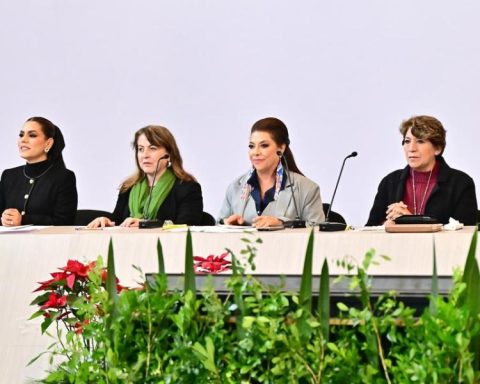10 years have passed since the last edition of Big Brother broadcast by Telefe. With two and a half months on the air, the reality show became the most watched program of all of 2022. In addition to being a rating boom, the format boosted the channel’s commercial grid with a million-dollar cost per second of advertising and boosted the business of its free streaming television platform, Pluto TV.
The tenth edition of Big Brother began with an advertising cost per second of A$792,000 ($158,400) during the weekly galas and the expulsion galas. Now, with fewer participants and in the final stretch to find out the winner, Telefe adjusted this figure by 46% and is currently $A 1,160,000 ($232,000), more than $A 300,000 ($60,000) above Los 8 steps, the most expensive of Canal 13.
One of the keys to the program is 24×7. For this, the company created an exclusive channel on Pluto TV to watch what happens in the house while the show is not on the air. From Paramount they point out that this generated an increase of 194% in the monthly average of users and a rise of 619% in the monthly average of minutes viewed on the platform.
Pluto TV was born in 2014 and relies on advertising as a source of income. It was owned by Viacom in 2019 (before merging with CBS and then rebranding as Paramount) for $340 million and in 2021 it surpassed $1 billion in revenue. The platform was launched in Argentina in 2020 and last October it was the most downloaded app in the local market due to the furor over Big Brother.
With less than a month to go, Turovelzky analyzes the reasons behind the success of the father of reality shows and comments on how they worked to bring the format back to Argentine television.
When did the negotiations for the return of Big Brother begin? How was that process?
We are constantly evaluating new opportunities to offer our audiences. It is a joint effort between the Content team and the Business Intelligence (BI) team that, through different research works and analysis of data and statistics, is in charge of analyzing the tastes, trends and preferences of the public. All this information, elaborated and processed, reaches the Content team and offers us a very assertive panorama to create and produce content. In the case of Big Brother, we also work closely together with the Kuarzo and Banijay teams.
It has been 6 years since the program was on Argentine TV and it has not been on Telefe for a decade. How did the pre-sale of the batch and PNT turn out with respect to other reality shows that you have done in recent times?
A bit like I told you before. The scale of this project meant that all the company’s teams really worked together and coordinated to take the format to a new level. We did a very detailed job presenting the project to our big advertisers to explain what our plan was and what was the scale of production that the new season was going to have on Telefe.
It should be noted that we have produced the most successful television cycles in recent years, with historic audience levels, with consolidated leadership for more than five years, and with a very consolidated relationship with our clients. It is within this favorable framework that the Big Brother phenomenon must also be contextualized.
What is the average share during the galas of the program?
Big Brother is the most watched cycle on open television since its premiere to date with an average of 65.95% share and peaks that have exceeded 70% share.
And what target attracts? Many brands say they find it attractive to advertise on Big Brother to be close to a young audience.
One of the most important data is that the cycle leads all the targets, that is, it covers the whole family with excellent levels of participation: Children 4-12 (74.59%), adolescents 13-19 (78.67%) , women 20-49 (81.93%), men 20-49 (74.44%), women 50+ (54.64%) and men 50+ (49.44%).
What do you think is the main factor that affects the performance of the program in terms of ratings and business?
The heart of any show is the content, and in the case of Big Brother the backbone is the casting. We worked on the casting with a very important team for more than six months. The participants and the content is what sets the course for us and opens up all the possibilities and opportunities to offer both to the public and to our clients. Obviously also the construction of a new house, in a new location, with a new design, with spaces created to promote the game of the participants. In addition to having a separate arena and in turn connected to the house where brands can offer their products in more playful moments. Santiago del Moro has also contributed his unique style and a new dynamic in which the same conductor goes through the entire program, giving him that continuity that he mentioned before.
If we add to all these factors that the last edition here in Argentina was made 10 years ago, we understand that there is a whole generation that has not seen and lived the experience of a local Big Brother. I think there are plenty of reasons to understand the resounding success of this edition.
There is speculation about the possibility that, once the program is finished, that same house will be used for Big Brother Chile. Will there be a next season of the Argentine edition this year?
We are evaluating and analyzing both initiatives. Although we cannot confirm it yet, the truth is that we are very happy with this edition of Big Brother. Not only because of the results obtained, but also because the final invoice for the program exceeds our expectations.
We have worked a lot on the design and construction of the new house, on the casting of the participants, and everything taking into account down to the last detail. Our goal from the beginning was to offer quality content, known to many, but completely renewed at the same time. And we believe that, in some way, is what the audience rewards every night.
What efficiencies or improvements as a business do you think they could find for an eventual next season to get more juice out of the format?
We are always looking for new opportunities. Based on all our experience and the international quality production, artistic and technical level that we can provide, I believe that a great challenge and a great opportunity for the future would be to become a production hub for Latin America and other countries of the format.
The Chronicler, RIPE
